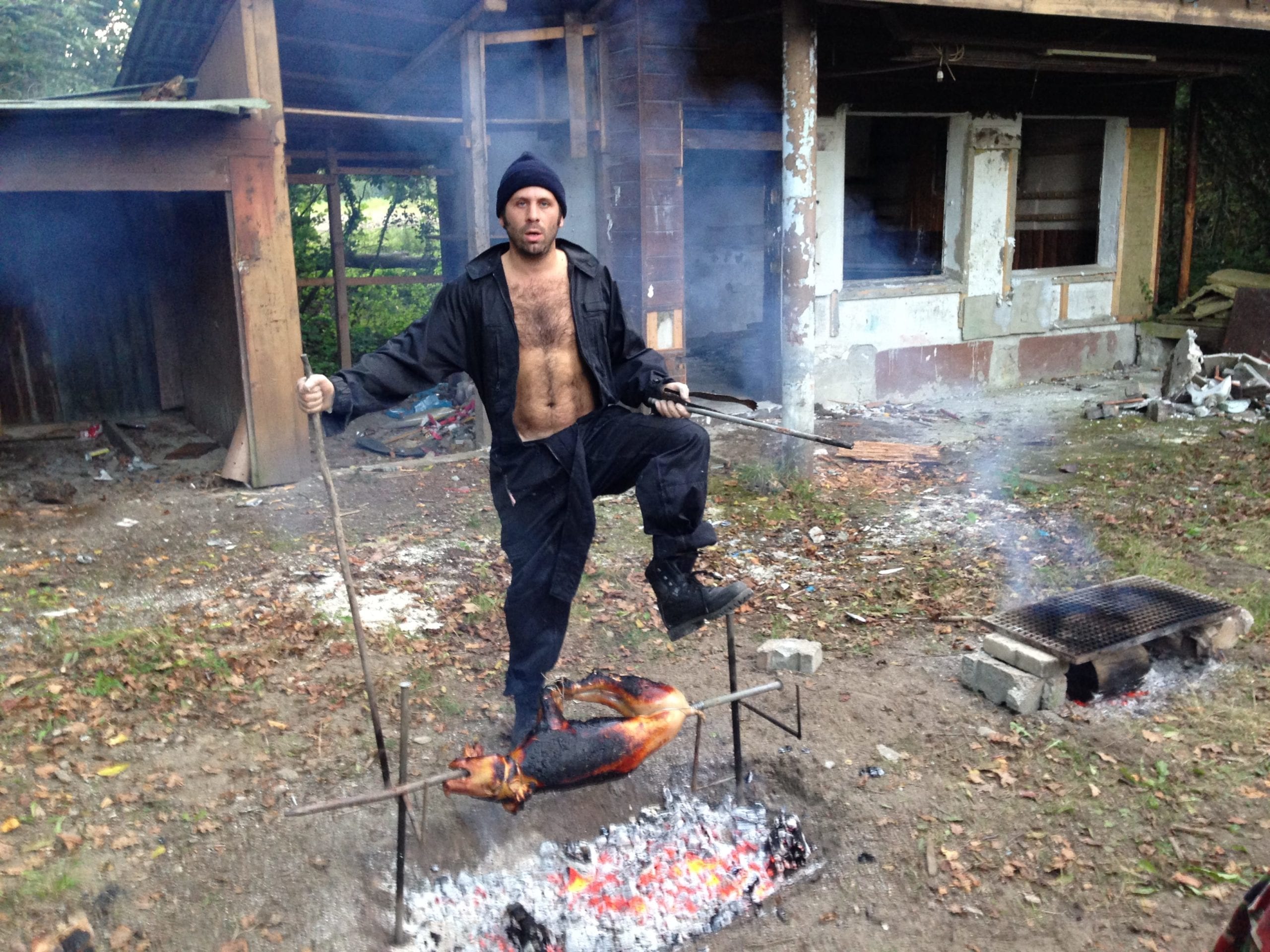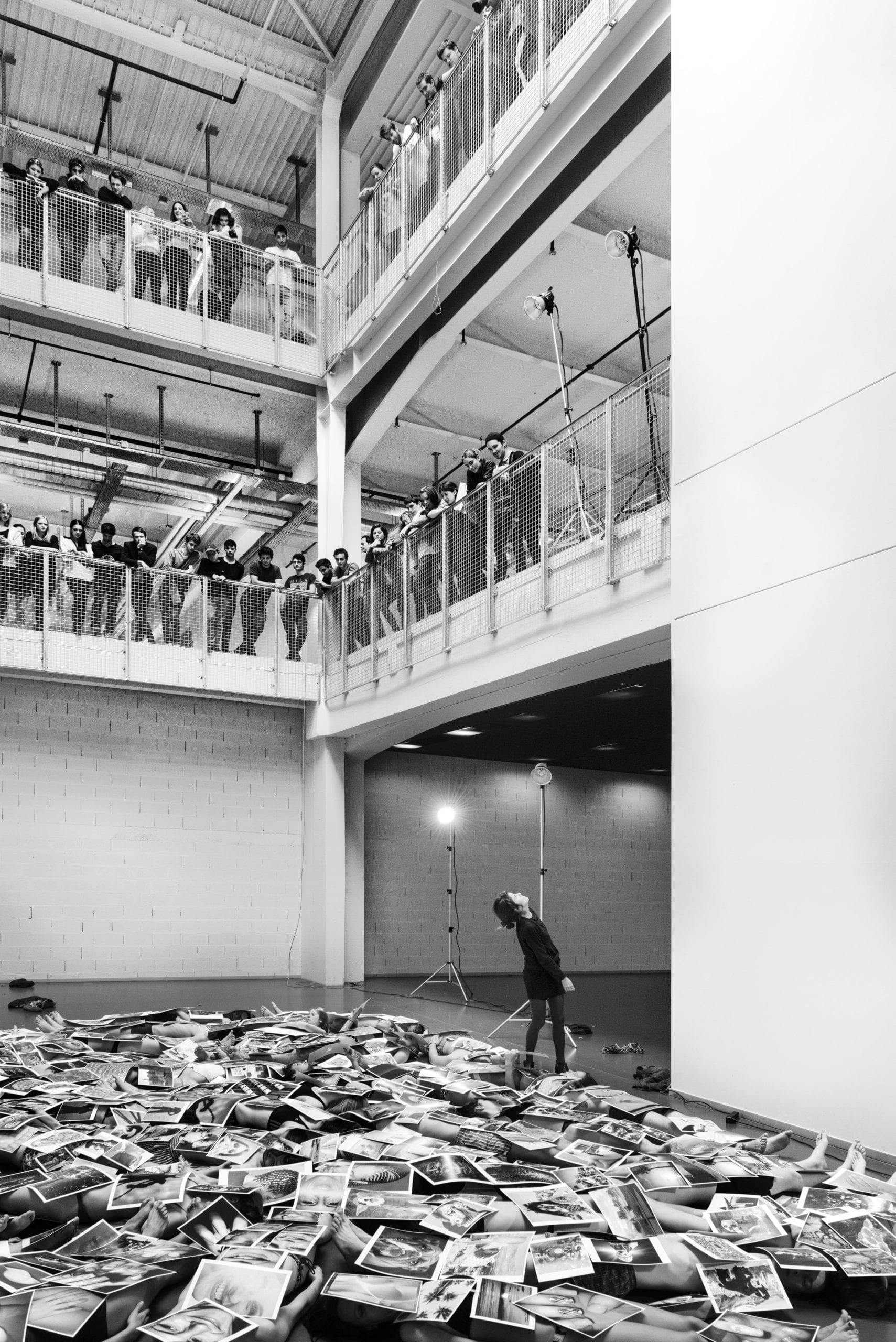What does the perfect art college look like? The Ecole cantonale d’art de Lausanne in Switzerland, profiled in our July issue (now on sale at newsagents in the UK and selected countries abroad, or via iTunes for our iPad edition, or directly from The BJP Shop), must come pretty close, with its balance of the vocational, the conceptual and a dash of the downright weird. Not to mention first-class facilities housed in a state-of-the-art building near Lake Geneva, sensibly priced course fees (€800 per term), and a workshop programme made up of visiting lectures by some of the world’s leading photographers, including Thomas Mailaender’s now legendary woodland survival course.

If that all sounds a little different to your own art college experience, then how about this for a schedule: “I think something very specific about ECAL is that we are very pragmatic – we start at 8am in the morning and we finish quite late,” says Milo Keller, the photography course leader since 2012. “The students have to work really, really hard – we don’t think that talent comes from the sky.”
It’s been a formula for success, with ECAL knocking out dozens of talented, highly motivated and well prepared students each year, such as Philippe Jarrigeon, a fashion photographer who works for the likes of Chanel, Christian Dior and Dries Van Noten, award-winning documentary photographer Yann Gross, and Charles Negre, still life photographer for Louis Vuitton and Cartier.

Image © ECAL / Emile Barret
A major factor is that students are required to work collaboratively, an ethos that’s built into the very fabric of the building where they study. “There are these open plan spaces that students from the different departments use as a studio to make things or for studying, reading and researching,” explains Bruno Ceschel, who is a regular visiting lecturer. “There is a sense of fluidity and collaboration between the different departments, which is probably prompted by these open spaces. It’s quite normal for a photography student to be working with a student from graphic design on a publication.”
Buy the Education issue from the BJP shop now.
